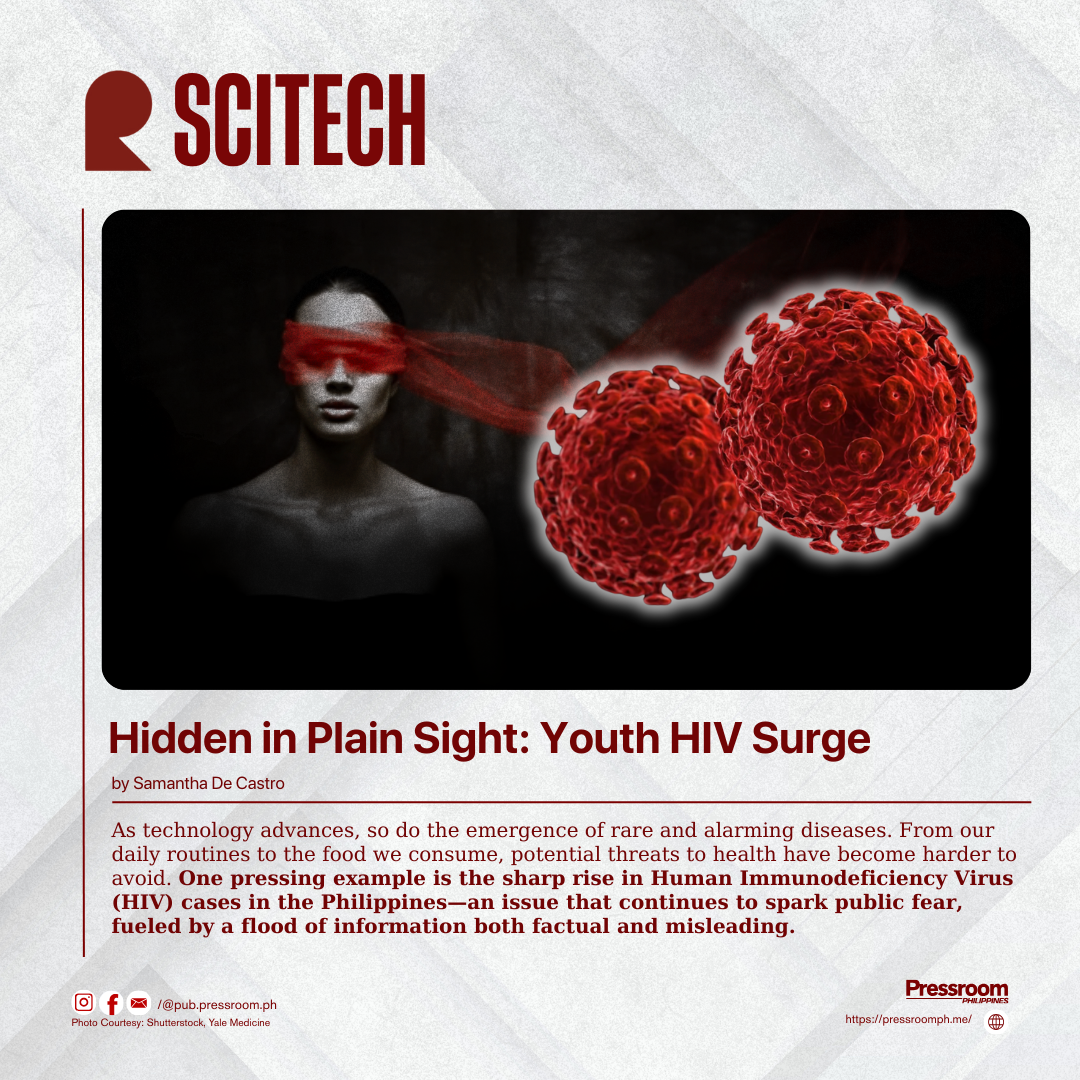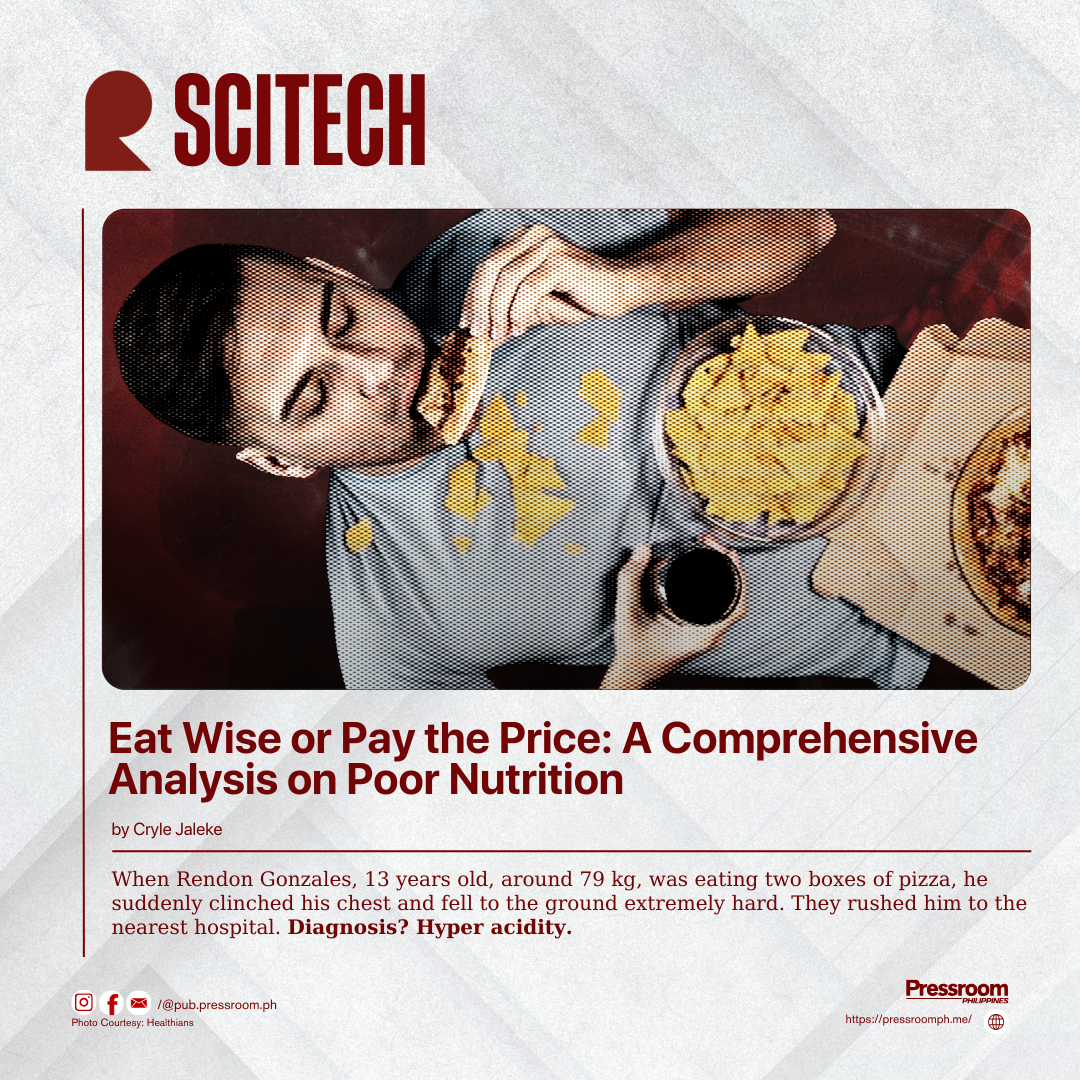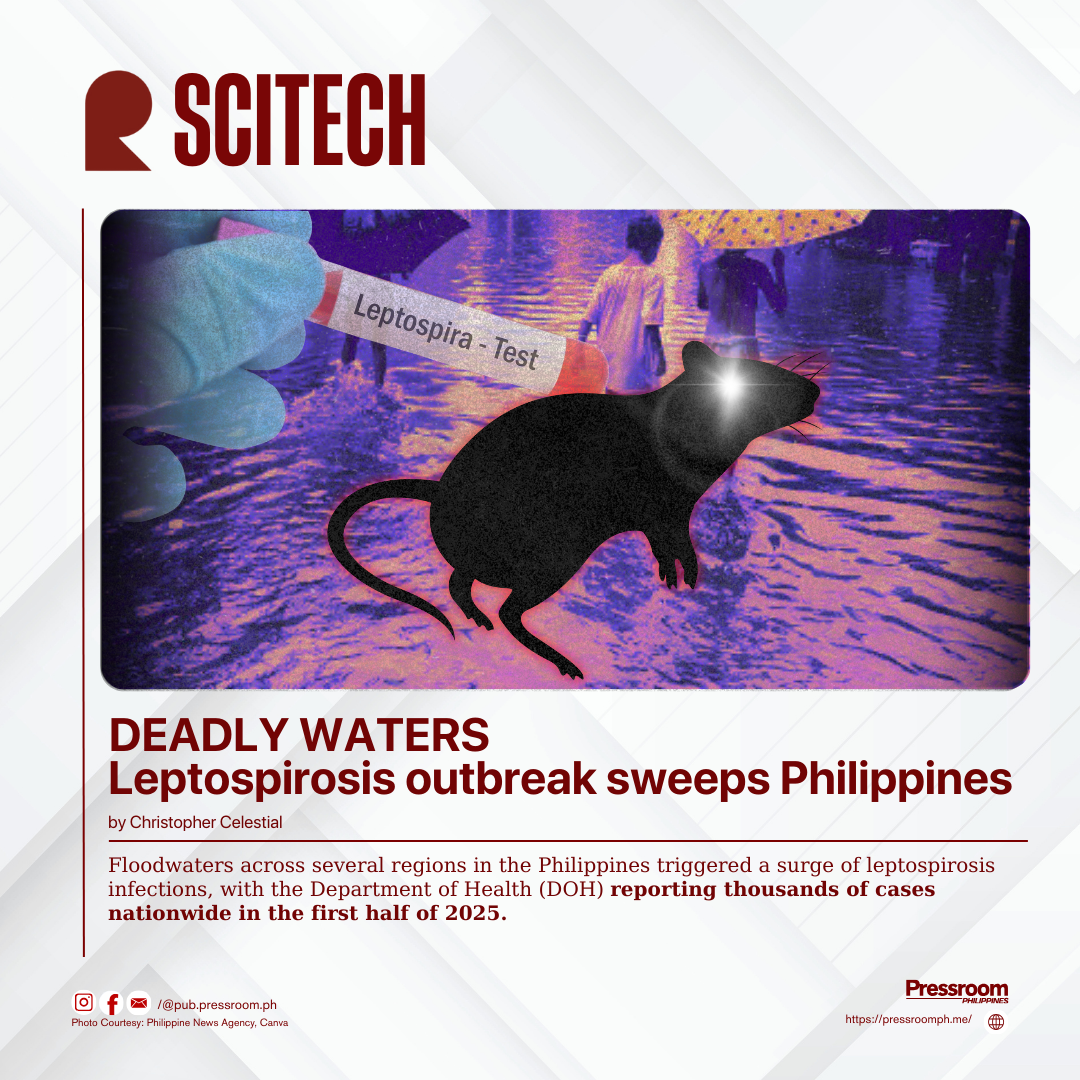via Samantha De Castro, Pressroom PH
As technology advances, so do the emergence of rare and alarming diseases. From our daily routines to the food we consume, potential threats to health have become harder to avoid. One pressing example is the sharp rise in Human Immunodeficiency Virus (HIV) cases in the Philippines—an issue that continues to spark public fear, fueled by a flood of information both factual and misleading.
According to the Department of Health (DOH), HIV cases among individuals aged 15–25 have surged by over 500%. From January to March this year alone, an average of 57 new cases have been reported each day.
The San Francisco Health Plan describes HIV as a virus that attacks the body’s immune system, weakening its defenses against other infections. Early detection is vital to slow its progression. The World Health Organization (WHO) identifies three primary modes of transmission: sexual activity, sharing of contaminated needles, and mother-to-child transmission. Early symptoms may include fever, cough, colds, and rashes; if left untreated, it can lead to severe illnesses such as tuberculosis, meningitis, and lymphomas.
“We now have the highest number of new cases here in the Western Pacific. What is frightening is, our youth make up many of the new cases,” according to Health Secretary Ted Herbosa.
The Philippines now ranks first in the Western Pacific for new HIV cases. Alarmingly, 33% of infections come from young people aged 15–24, while 47% are from those aged 25–34. Experts note that sexual activity often begins as early as age 15, raising deep concerns since HIV is a lifelong condition. Health officials are pushing for the return of comprehensive sex education in schools to equip young people with knowledge not only about HIV but also other sexually transmitted infections.
The rise in cases also coincides with Pride Month celebrations of the LGBTQIA+ community, bringing renewed focus on the stigma and discrimination they continue to face. A Channel News Asia report revealed that 95% of new HIV cases are among men, with male-to-male sexual contact as the most common route of transmission. Unfortunately, this fuels prejudices, with some still falsely believing HIV only affects certain groups. The U.S. Centers for Disease Control and Prevention (CDC) notes that such stigma stems from misconceptions linking HIV solely to sexual orientation or specific communities.
Raising awareness and promoting early testing remain the strongest defenses against the spread of HIV. While there is still no cure, advances in treatment—such as antiretroviral therapy—help manage the virus and improve the quality of life for those living with it. Beyond medical solutions, ending discrimination is equally crucial in the fight against the disease.
The red ribbon remains a universal symbol of hope, solidarity, and the fight for change.






